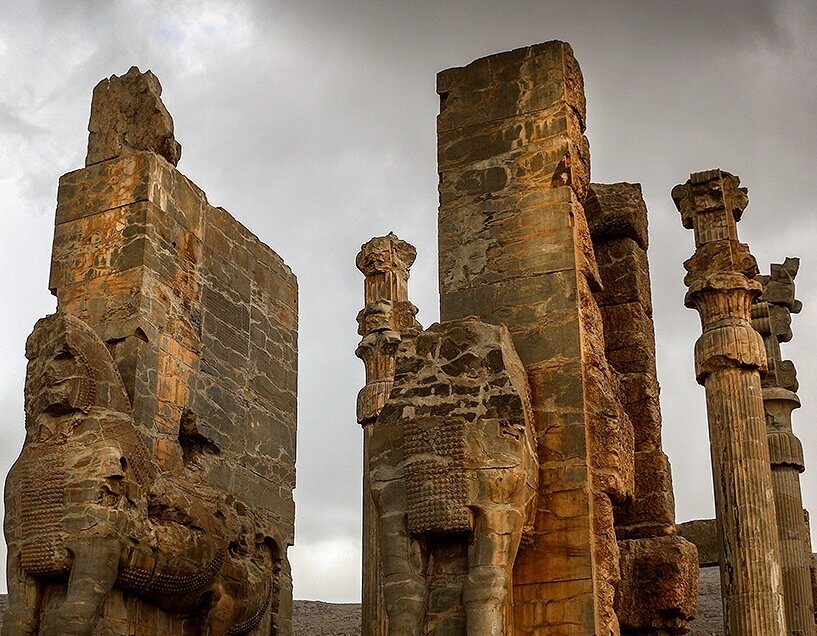Absolute limits of magnificent Persepolis being documented

TEHRAN – An all-inclusive documentation project has been commenced on the absolute limits of the UNESCO-registered Persepolis in southern Iran.
The project aims to develop a detailed and descriptive cadastral map of the World Heritage, and privately-owned properties, which are located within close boundaries of the ancient site, Hamid Fadai, director of the World Heritage, said on Sunday.
Experts are also preparing an accurate data bank which is a prerequisite for having more efficient protection and management of the World Heritage yet to provide more appropriate services to visitors, the official added.
The Gate of All Nations and routes from Persepolis to Naqsh-e Rostam (a nearby Achaemenid necropolis) are also high on the agenda for being fully documented, he explained.
Persepolis, also known as Takht-e Jamshid, whose magnificent ruins rest at the foot of Kuh-e Rahmat ("Mountain of Mercy"), was the ceremonial capital of the Achaemenid Empire. It is situated 60 kilometers northeast of the city of Shiraz in Fars Province.
Persepolis was the seat of the government of the Achaemenid Empire, though it was designed primarily to be a showplace and spectacular center for the receptions and festivals of the kings and their empire.
The royal city ranks among the archaeological sites which have no equivalent, considering its unique architecture, urban planning, construction technology, and art.
The city was burnt by Alexander the Great in 330 BC apparently as a revenge to the Persians because it seems the Persian King Xerxes had burnt the Greek City of Athens around 150 years earlier.
The city’s immense terrace was begun about 518 BC by Darius the Great, the Achaemenid Empire’s king. On this terrace, successive kings erected a series of architecturally stunning palatial buildings, among them the massive Apadana palace and the Throne Hall (“Hundred-Column Hall”).
This 13-ha ensemble of majestic approaches, monumental stairways, throne rooms (Apadana), reception rooms, and dependencies is classified among the world’s greatest archaeological sites.
ABU/AFM

Leave a Comment